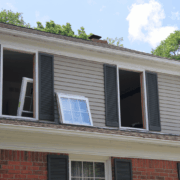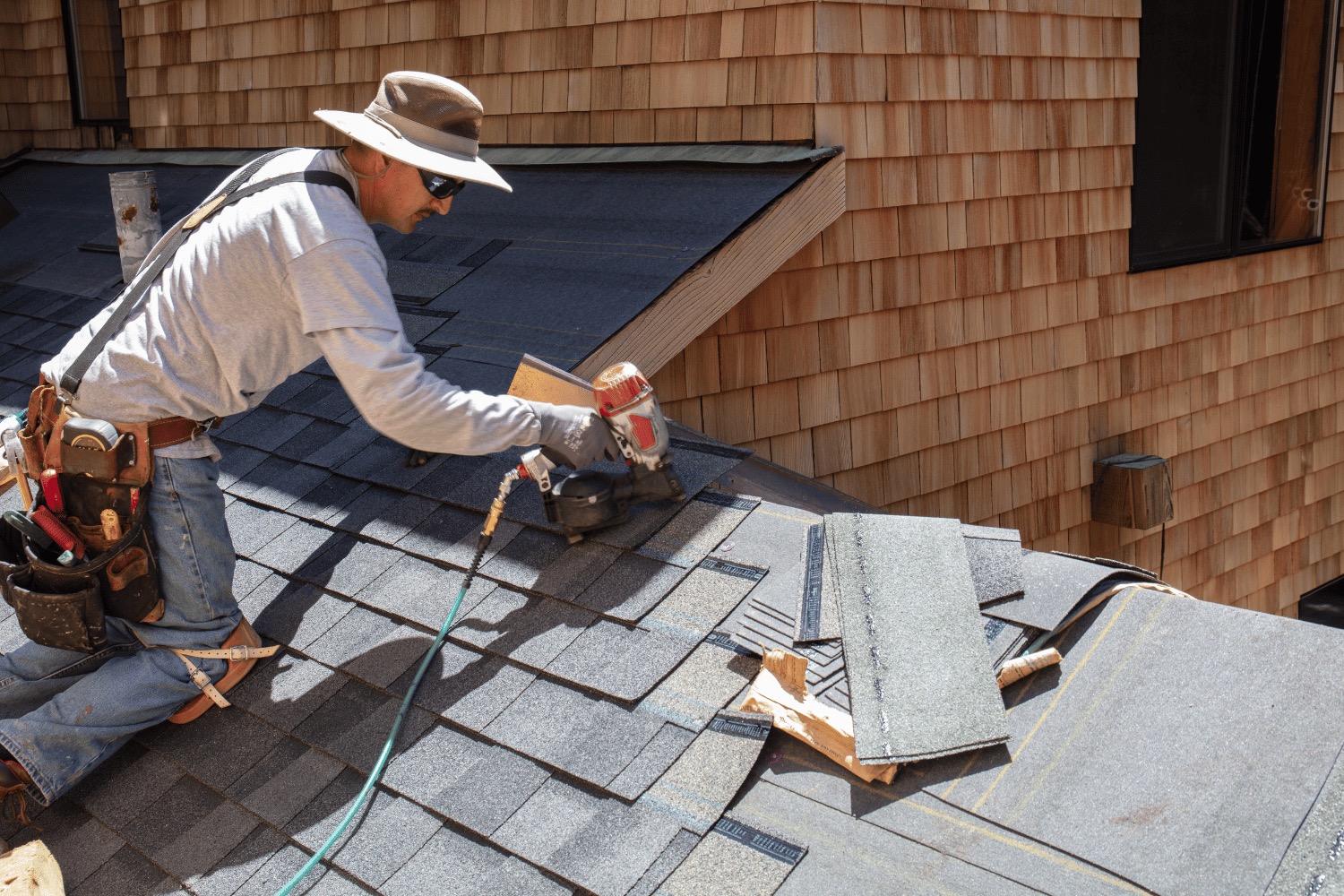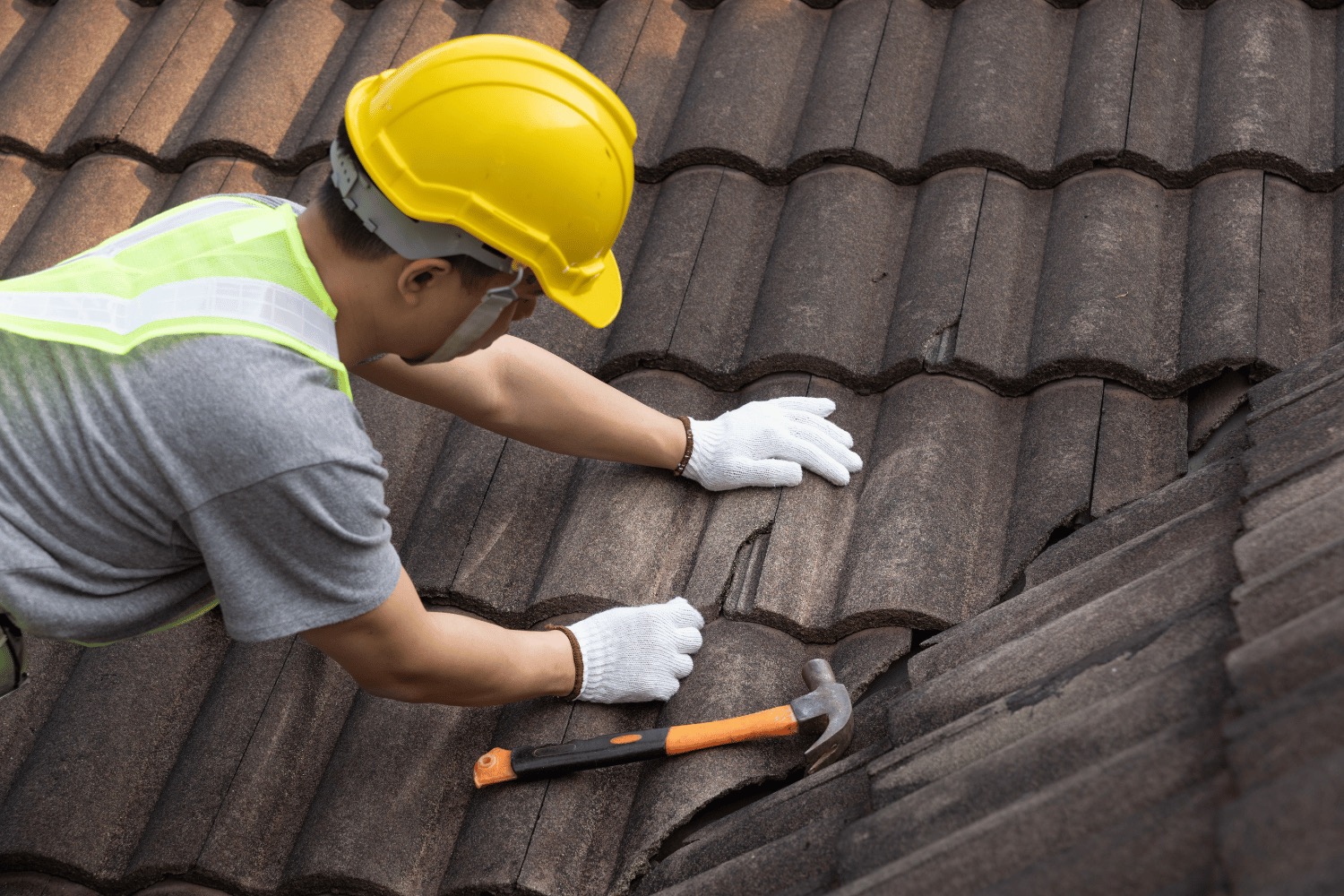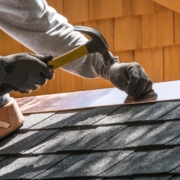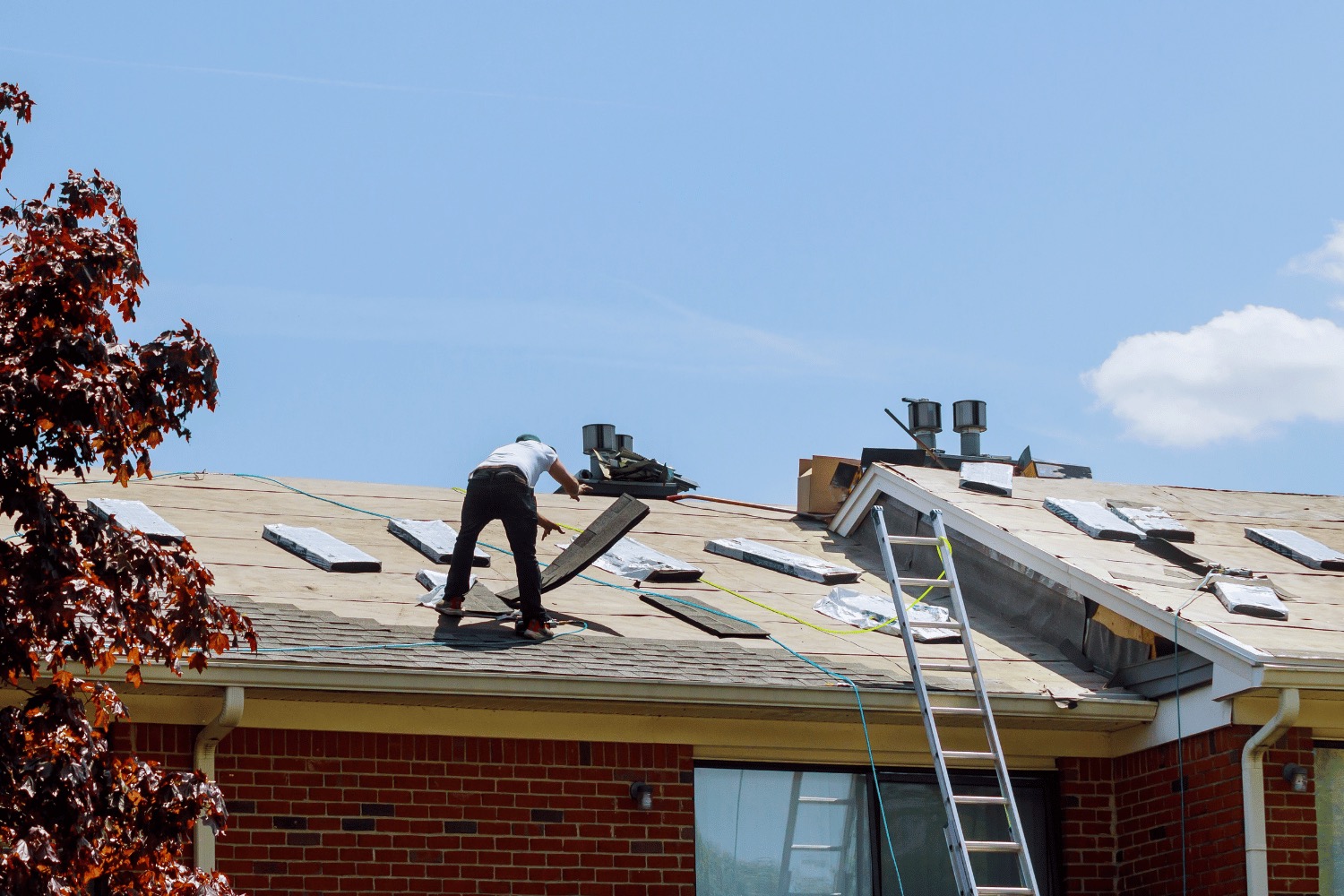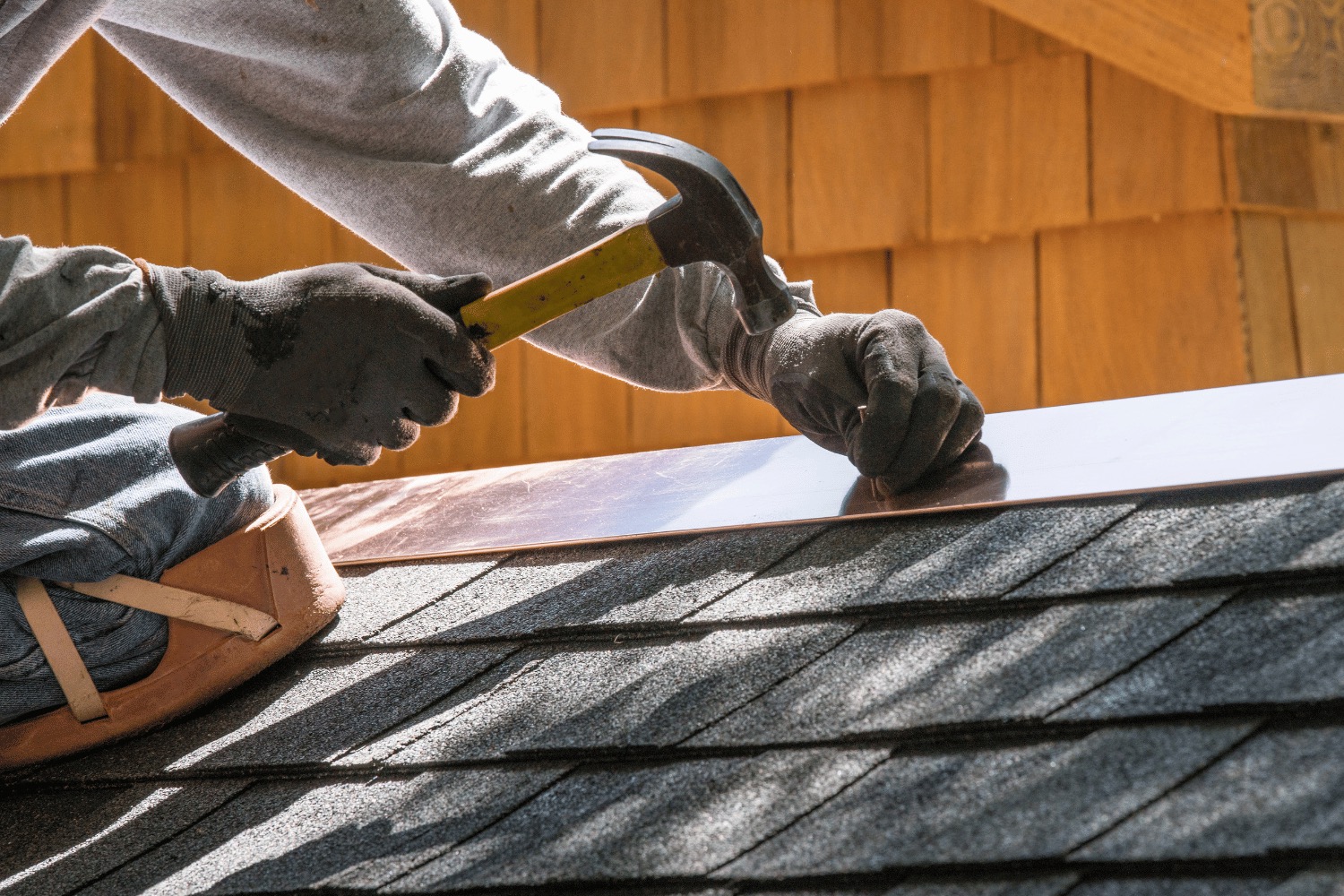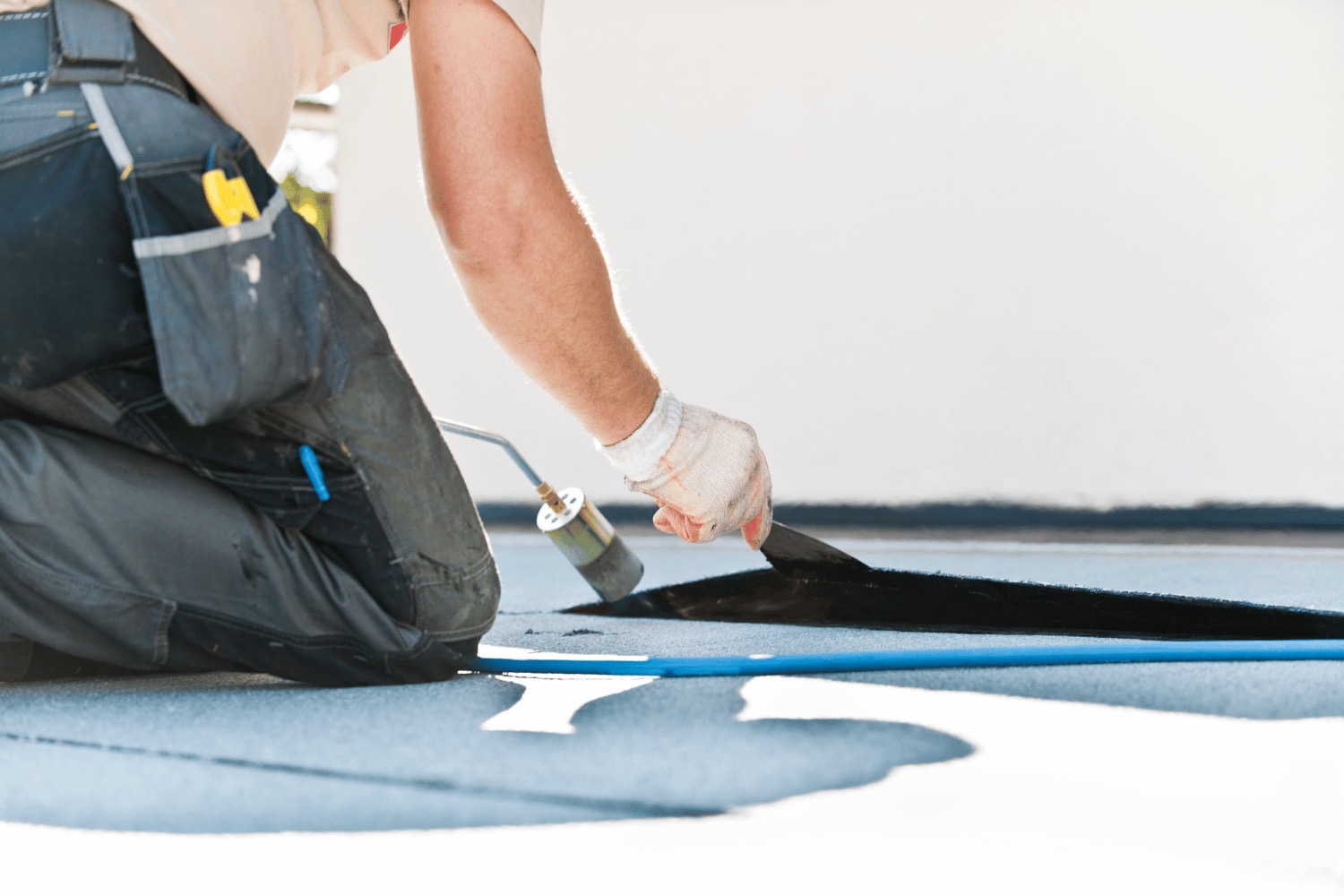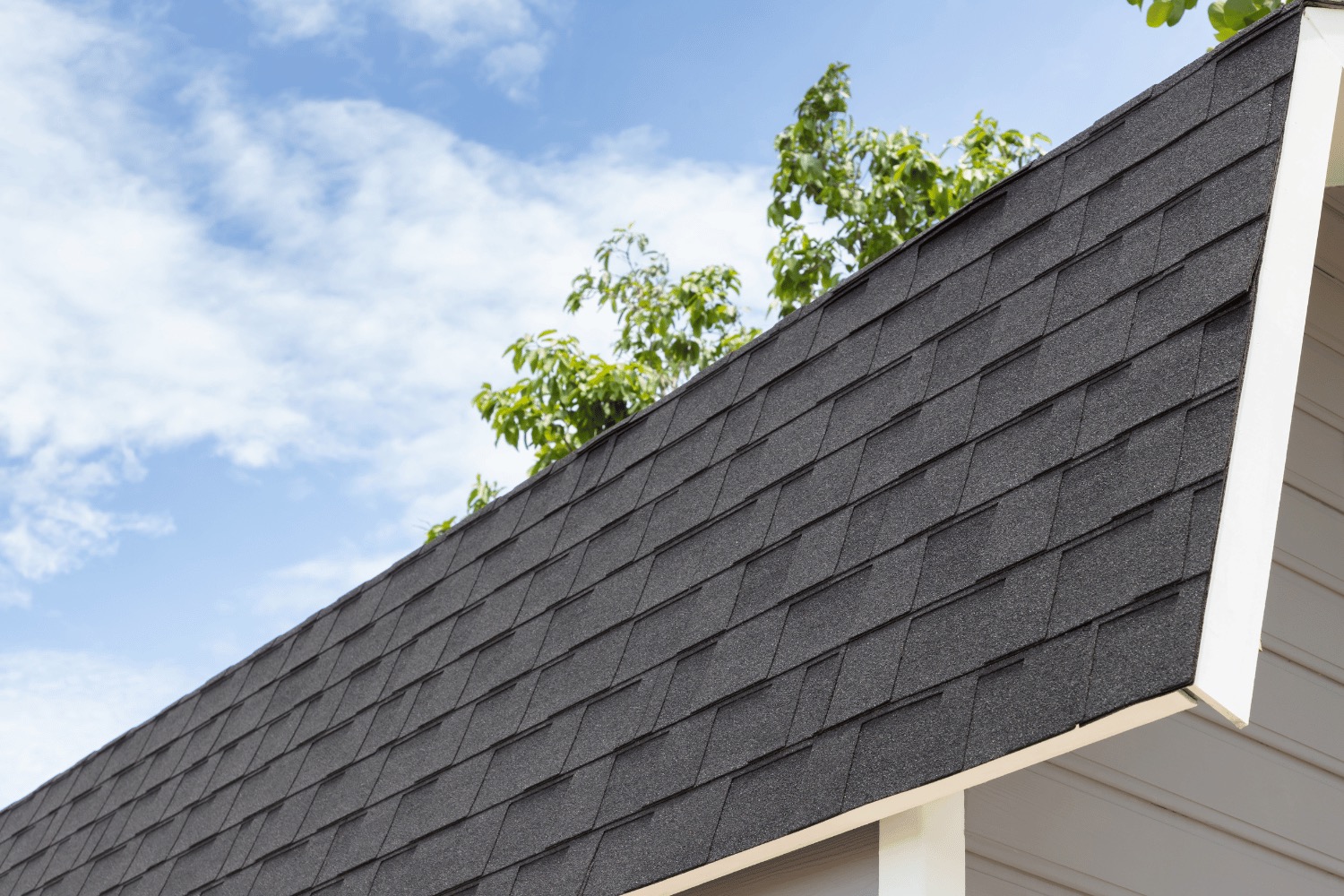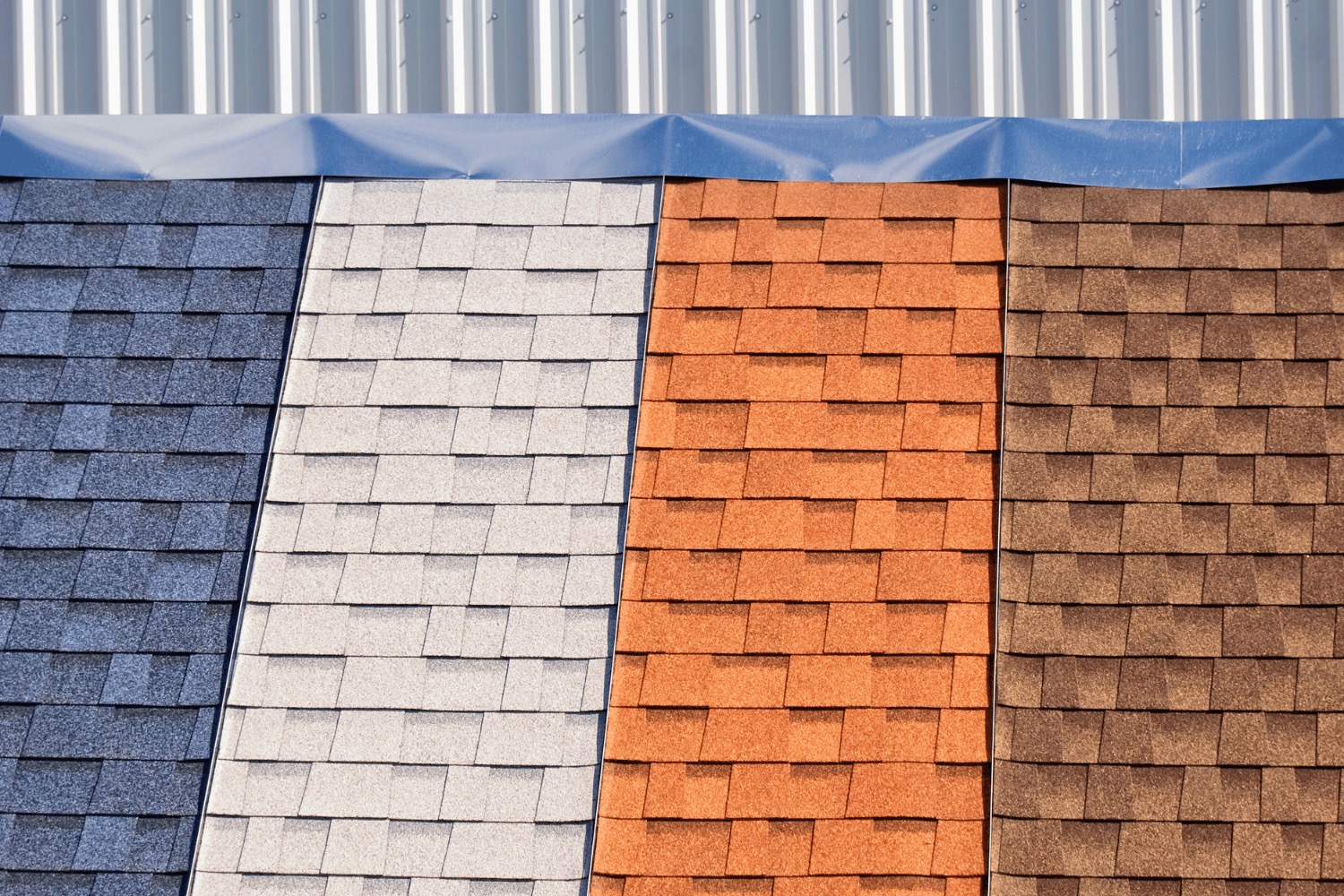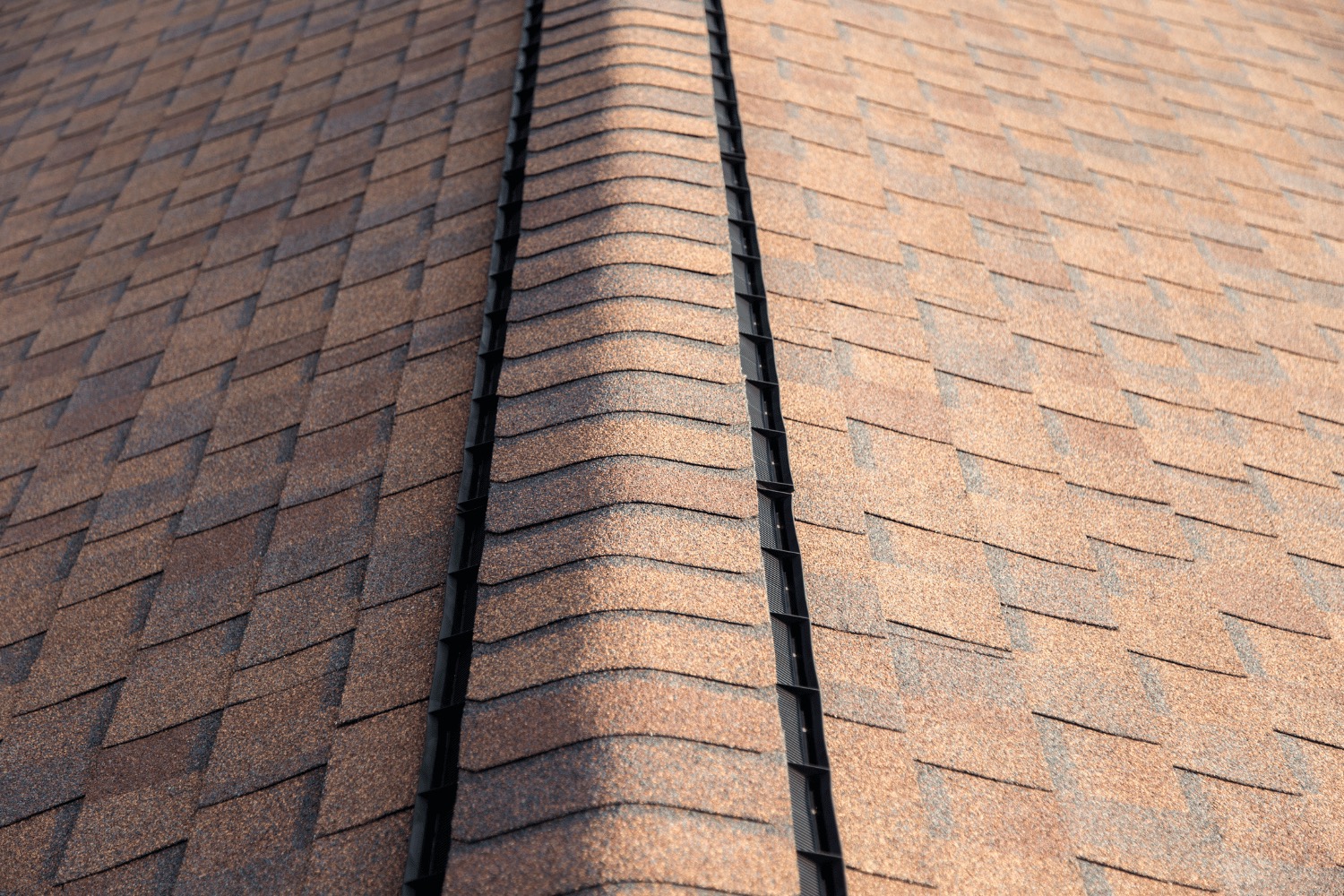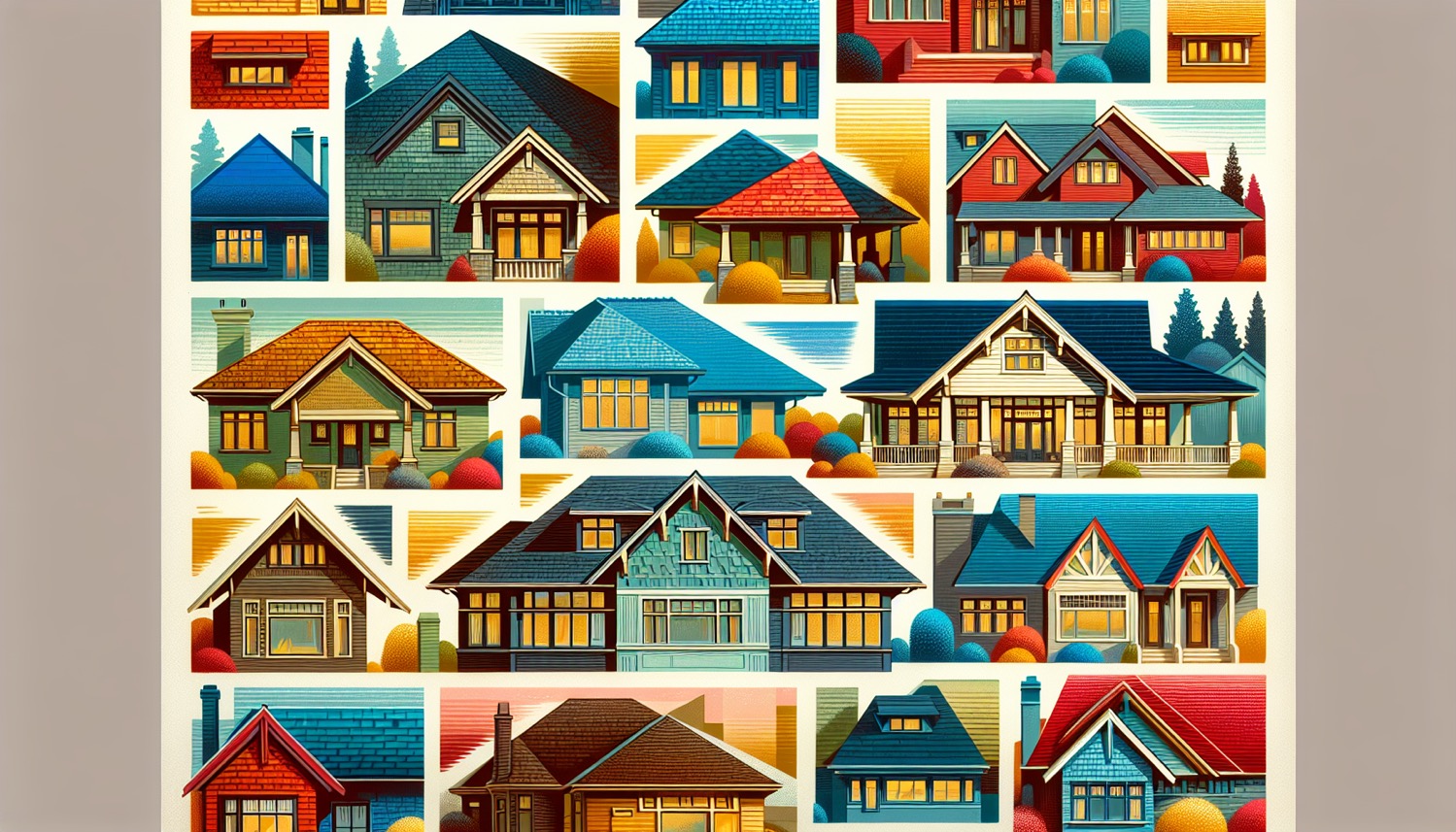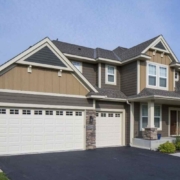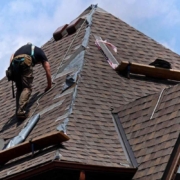Best Windows for Old House: A Simple Replacement Guide
Wondering how to find the best Windows for Old House? This guide covers how to evaluate your current windows, the benefits of new ones, and how to choose replacements that match your home’s unique style.
Key Takeaways
-
Old windows, particularly those over 20 years or in poor condition, often need replacement for improved insulation and energy efficiency.
-
Replacing old windows enhances home comfort, energy savings, aesthetic appeal, and can increase property value.
-
Selecting the right replacement windows involves evaluating style, material, installation methods, and ensuring proper measurement for optimal performance.
Evaluating Your Old House Windows
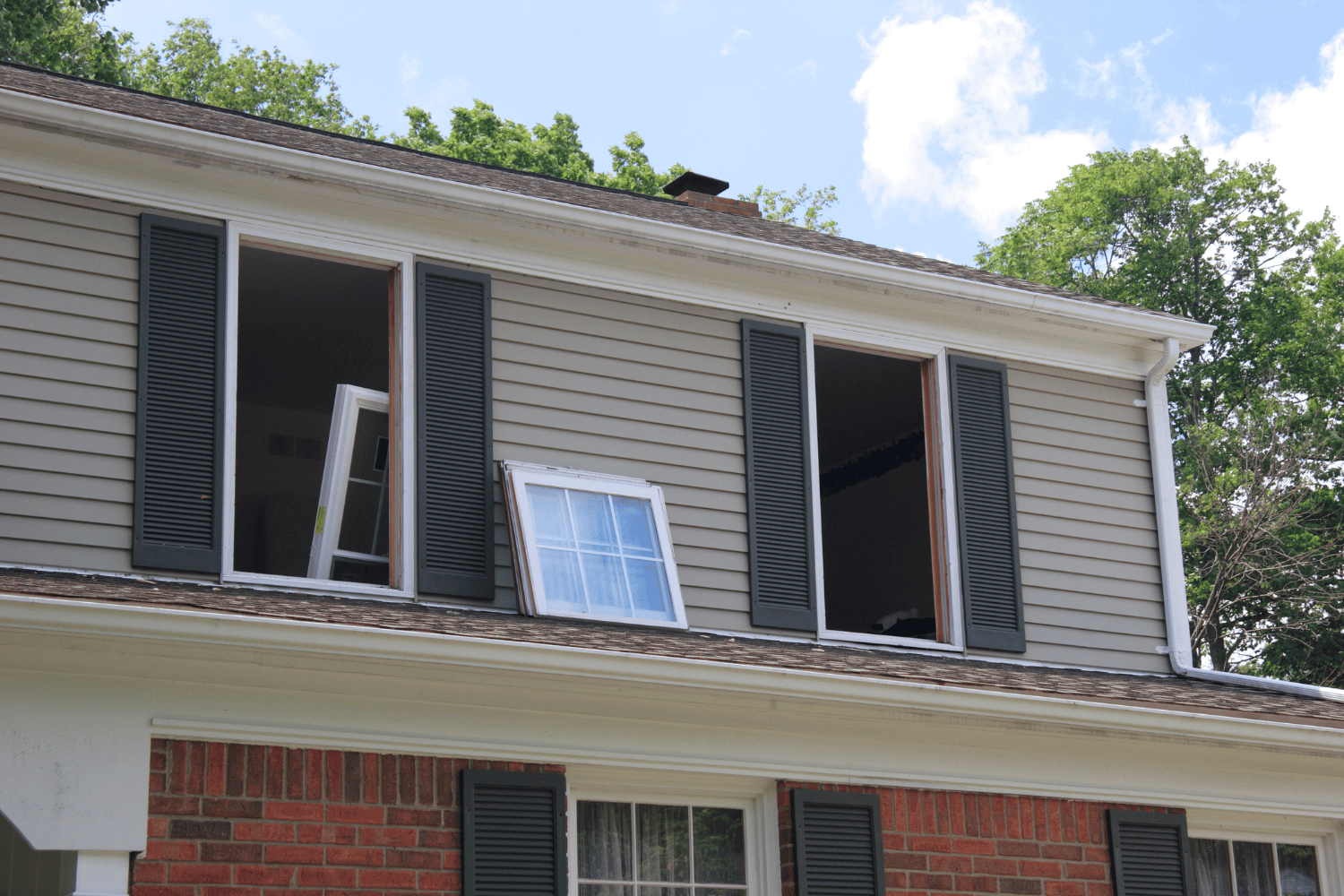
Assessing your old house windows helps determine if they need replacement. Windows over 50 years old or even more than 20 years old often require replacement due to wear and inefficiency. Cracks, warping, and drafts signal that windows are past their prime and need attention. These issues not only affect appearance but also significantly impact insulation and home comfort.
Single-pane windows, typical in older homes, lack proper insulation, contributing to drafts and higher energy costs. Assessing their performance is crucial, even if they seem in good condition, to ensure they meet modern standards. Upgrading to double pane windows can significantly improve energy efficiency.
Environmental factors and regular maintenance significantly affect window lifespan. Neglecting maintenance can lead to drafts and leaks, compromising efficiency. Thus, evaluate both the physical condition and maintenance history of your windows.
Benefits of Replacing Old Windows

Replacing old windows offers numerous benefits, including improved energy efficiency. Windows installed two decades ago likely fall short of today’s energy standards, leading to higher costs. Modern replacement windows, such as double or triple-pane windows, provide better insulation, significantly lowering energy costs and improving home comfort.
New windows not only boost energy efficiency but also enhance your home’s aesthetic appeal. They fit seamlessly into your vision, whether modern or historical, and improve functionality with smoother operation and better security features.
Replacing old windows can increase property value and curb appeal, making your home more attractive to buyers. This investment pays off through energy savings, comfort, and added long-term value.
Should You Repair or Replace Old Windows?
Deciding whether to repair or replace old windows can be challenging. Repairing is often more economical for minor issues, preserving the original windows’ beauty and craftsmanship. However, significant damage or irreparable issues may necessitate replacement.
New windows can be a substantial investment due to labor, manufacturing, installation, and finishing costs. Therefore, carefully evaluate the condition of your existing windows. Factors such as leakiness, the condition of the window frames, and regulatory requirements for historic homes are critical in deciding whether to repair or replace.
Repairing old windows can be a temporary solution, but consider long-term performance and energy efficiency. If you need to replace windows that are significantly damaged or non-compliant with current codes, replacement may ensure your home’s comfort and safety.
Choosing the Right Replacement Windows for Old Houses

Choosing the right replacement windows for old houses involves considering style, performance, and material. Select windows that complement your home’s architectural style. For instance, colonial-style homes typically benefit from 6-over-6 casements or double-hung windows, while classic cottage homes should feature double-hung sash windows with multiple lights.
Options for replacing windows old windows include full-frame, insert replacement, and sash replacement kits. Understanding window components and types helps make an informed decision balancing aesthetics, performance, and cost.
Custom Made Windows
Custom-made windows often accommodate unique, non-standard window openings in old houses. Designed to match the original architecture, they ensure historical accuracy and maintain your home’s charm. Custom windows provide a perfect fit, eliminating gaps, reducing leaks, and enhancing the overall aesthetics of your house.
Choosing custom-made windows preserves your home’s historical integrity while incorporating modern technology, blending old-world charm with contemporary functionality.
Energy Efficient Windows
Energy-efficient windows are essential for any replacement project. With two or three panes, low air infiltration rates, and low-E coatings, they significantly boost energy efficiency. Using low-E coated windows can result in a 30% to 50% reduction in energy loss, substantially lowering your utility bills.
Choosing energy-efficient windows goes beyond saving money; they create a more comfortable living environment by maintaining indoor temperatures, reducing drafts, and boosting home value for energy-conscious buyers.
Material Options for Window Frames
The material of window frames is crucial when selecting replacement windows. Common materials include wood, vinyl, aluminum, fiberglass, and composites. Historically, wood has been popular in older homes for its traditional look and workability.
Vinyl replacement windows offer durability and low maintenance but must be compatible with historical regulations before installation. Fiberglass frames, though durable and low-maintenance, can be more expensive and may lack the vintage look desired in older homes.
Composite frames, made from wood fibers and thermoplastic, need no maintenance and are similarly priced to wood. Aluminum frames, while economical, retain heat and are prone to condensation, affecting energy efficiency.
Consider maintenance needs and aesthetic preferences when selecting replacement windows to ensure they match your home’s style.
Installation Considerations for Replacement Windows
Proper installation is crucial for the performance and longevity of replacement windows. Though the process can be disruptive, the outcome justifies the temporary inconvenience. Installing an average-sized window on the ground floor takes about 4–6 hours, with disruption varying based on the size and number of windows replaced.
Inspect weatherstripping for wear to ensure airtight seals and prevent drafts. Regularly check for cracks or damage to glass and frames to catch minor issues early. Professional inspections can catch potential issues that might be overlooked during regular maintenance.
Measuring for New Windows
Accurate measurements are crucial when ordering replacement windows to ensure a proper fit. Measuring the dimensions of the existing window frame is a key step before installation. Measure height and width at multiple points to account for any irregularities.
Accurate measurements ensure a perfect fit, reducing gaps and leaks, and are essential for optimal performance and longevity of your replacement windows.
Full Frame vs. Insert Replacement Windows
Choosing between full-frame and insert replacement windows is crucial. Full-frame replacements are used when frames, sills, and jambs are rotted or misaligned. Full-frame replacement windows offer a complete rebuild of the window opening, addressing any underlying issues.
Replacement windows are suitable if existing window frames are in good condition. Choose between full-frame and insert replacement window options based on frame condition and damage extent. This choice affects the overall cost and duration of the project.
Hiring a Professional vs. DIY Installation
Hiring a professional ensures correct installation for energy efficiency and longevity. Professional installation is often covered under a manufacturer’s warranty, providing peace of mind and protecting your investment. DIY installation risks mistakes that could void warranties or reduce window efficiency.
If measuring and installing windows yourself isn’t appealing, hire a window company or carpenter. This ensures the job is done correctly, saving time and avoiding potential headaches.
Enhancing Old Windows with Storm Windows

Adding storm windows to old windows significantly boosts energy efficiency, leading to reduced heating and cooling costs. Storm windows also enhance indoor comfort by reducing external noise, creating a quieter living environment.
Modern storm windows integrate well with existing architecture and can be designed for permanent installation. They provide effective insulation while preserving the original windows, adding value to the home and maintaining historical integrity.
Costs Associated with Replacing Old House Windows
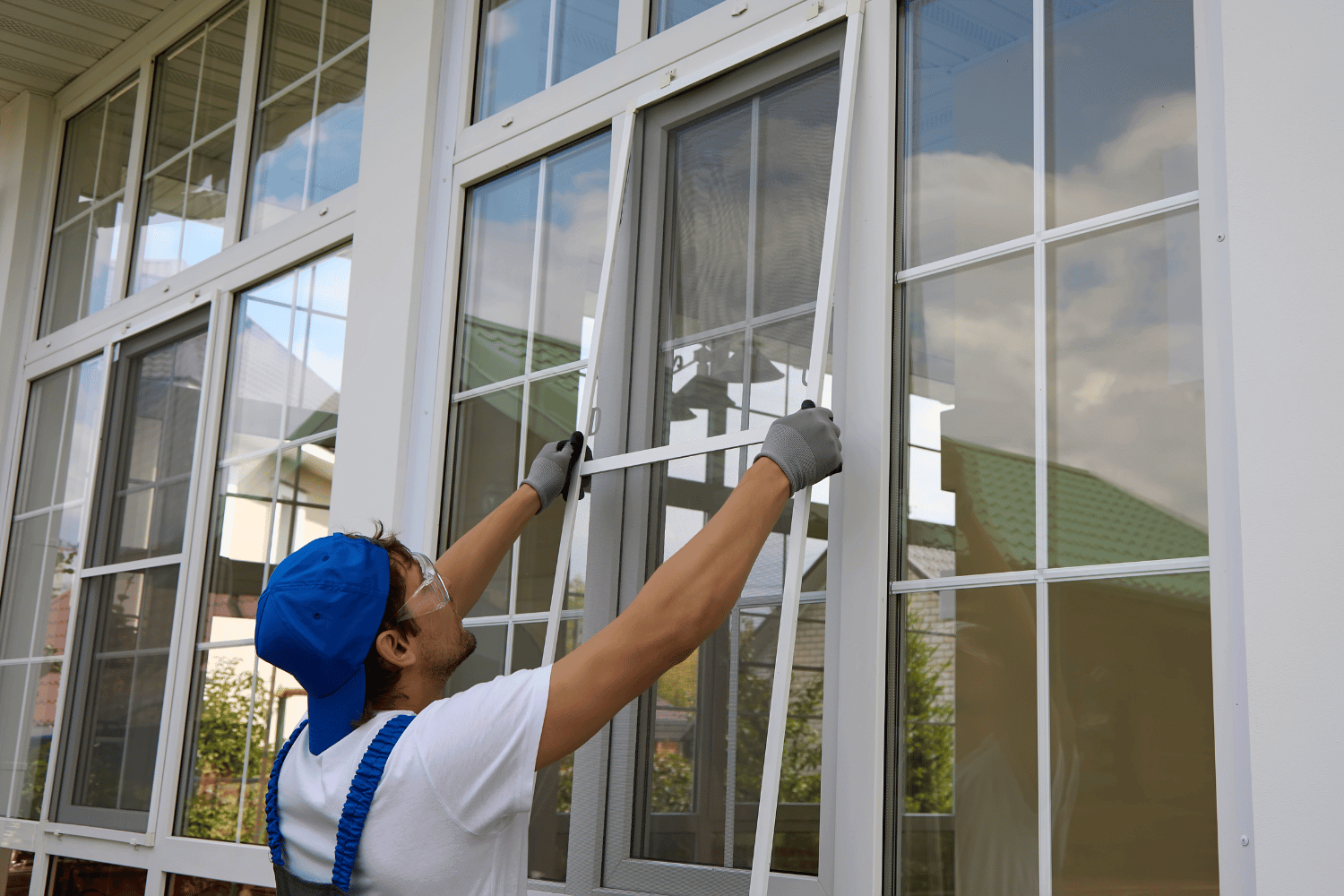
Replacing old house windows is a significant investment, with costs typically ranging from $450 to $1,400 per unit, including labor. Homeowners spend an average of $750 per window on replacements. Labor expenses account for about 15% of the total cost.
Emergency window replacements often incur additional fees due to urgency. Replacing all windows in a home can cost between $18,000 and $20,000 for 25 windows, depending on size, style, and material.
Historic homes may have specific style requirements that increase replacement costs. Low-emissivity coatings or argon gas fills can also raise window costs. Budget for these potential additional costs when planning a window replacement project.
Maintaining Your New Windows
New windows are easier to operate and maintain, reducing frustration from older, stuck windows. Modern windows offer enhanced durability and longevity, often outlasting older models. Routine cleaning with mild soap and a soft cloth maintains the appearance and functionality of windows.
Lubricate moving parts annually to ensure smooth operation and prevent sticking. Clear weep holes to avoid water damage and mold growth. Periodically tighten hardware to enhance security and maintain window functionality.
Summary
In summary, replacing old house windows can provide numerous benefits, including improved energy efficiency, enhanced aesthetics, and increased property value. Evaluating your windows, choosing the right replacement options, and considering proper installation methods are crucial steps in this process.
By taking the time to assess your windows and make informed decisions, you can ensure that your home remains comfortable, energy-efficient, and beautiful for years to come. Don’t hesitate to reach out to professionals for guidance and assistance in your window replacement journey.
Frequently Asked Questions
How do I know if my old windows need to be replaced?
Your old windows likely need replacement if you notice visible signs of wear such as cracks, warping, drafts, or leaks. Additionally, windows that are over 20 years old are generally good candidates for replacement.
What are the benefits of replacing old windows?
Replacing old windows can notably reduce energy costs while simultaneously boosting home security and enhancing curb appeal, ultimately increasing your property’s value.
Should I repair or replace my old windows?
If your windows have minor issues, repairing them can be cost-effective; however, significant damage or inefficiency suggests that replacement is the better option. Always consider the condition of the frames and any relevant historical regulations in your decision.
What types of replacement windows are available for old houses?
Replacement windows for old houses include full-frame replacements, insert replacements, and sash replacement kits, with custom-made options available to ensure historical accuracy. Choosing the right type will help preserve the character of your home while enhancing energy efficiency.
How much does it cost to replace old house windows?
Replacing old house windows typically costs between $450 and $1,400 per unit, including labor, with variations depending on size, style, and materials. It’s essential to consider these factors when budgeting for your project.

